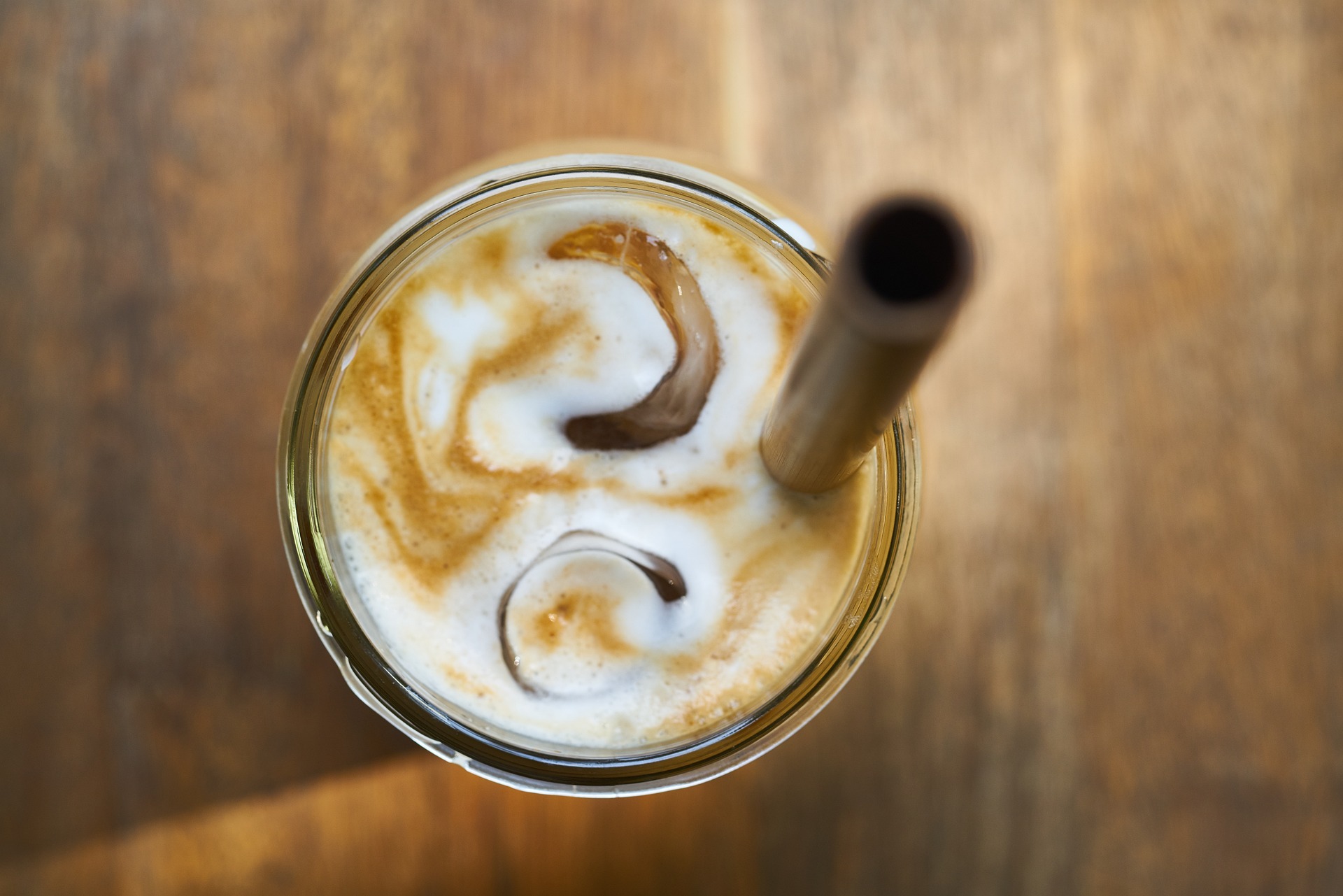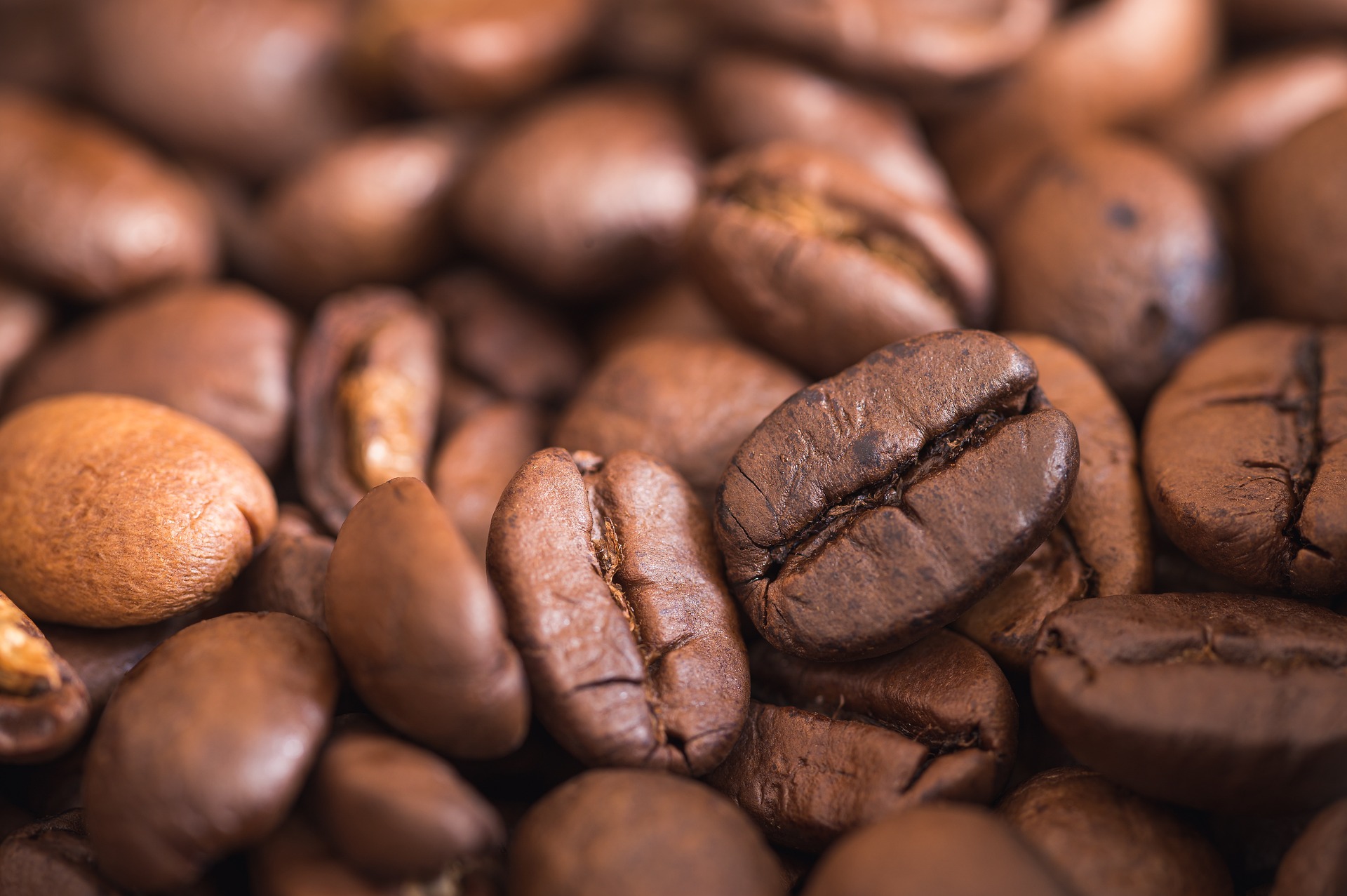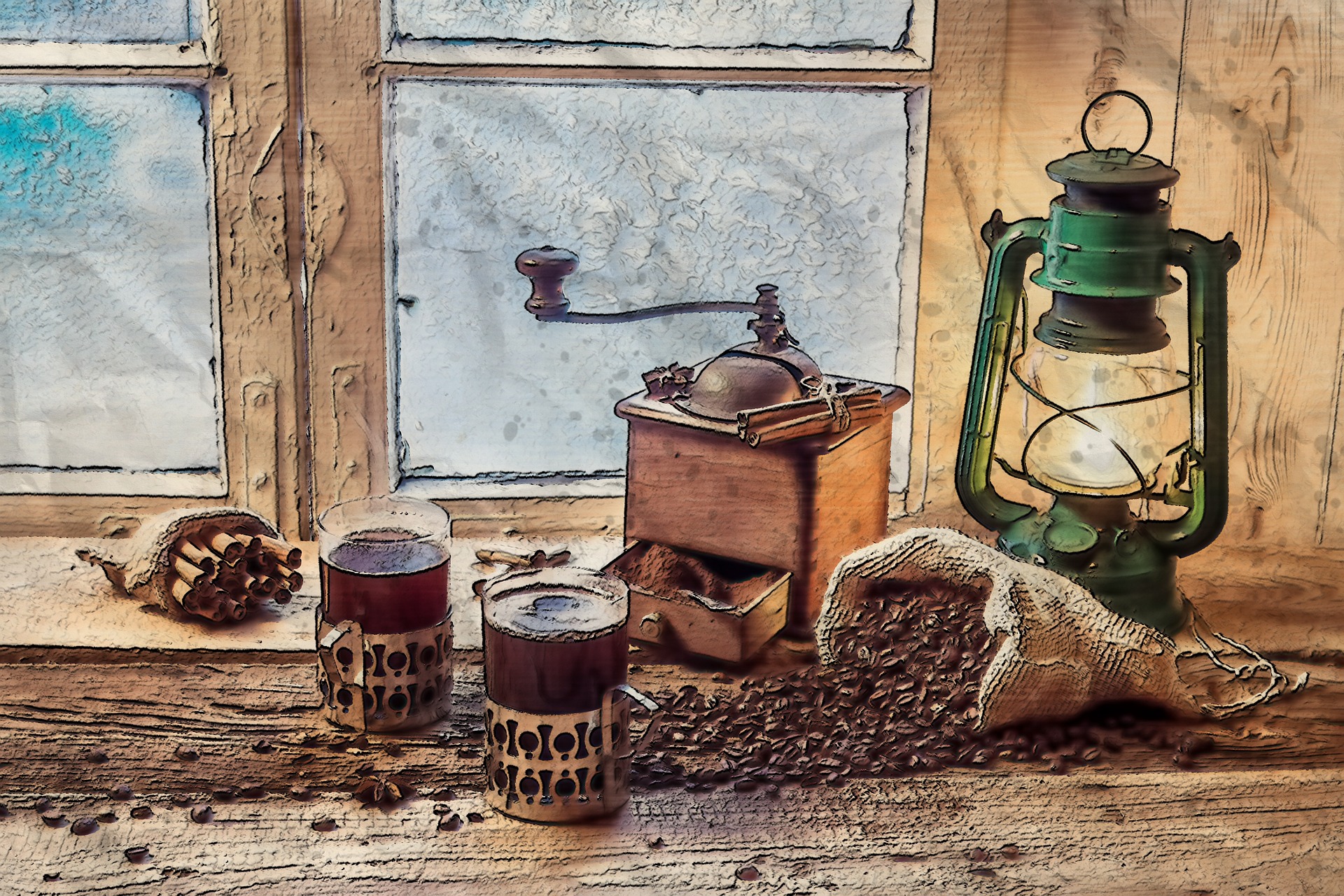And your simple answer, Yes! Blenders can be used to grind coffee beans and is actually quite a convenient way for coffee lovers to begin their mornings hassle-free. However, it is best to use a blender designed with that task in mind.
If you have a regular blender and have some coffee beans that you are desiring to blend put in a small amount, to begin with —1/4 cup at a time should be safe. This will lessen the pressure on your blender’s motor since it will have less work to do.
It is recommended that you pulse the beans on medium speed in order to break them down to your preferred grind instead of just pressing high. Blenders designed for grinding coffee beans will come with a grinder setting, set it to that and pour the coffee beans into the pitcher and it will do the job you want. If not, simply set it to medium then increase it to high. Pulsing is first recommended so that the beans will be broken down to make it easier on the motor when grinding. Even though your blender will grind coffee beans, you will not get the same quality as you would from a coffee grinder since it is specifically made for that purpose with all the right settings and gauges.

Is it Safe to Grind Coffee Beans in Your Blender?
Yes, it is generally safe to grind coffee beans in a blender. But, even though you can grind coffee in a blender, if this is something you do on a regular basis this will not be good practice — not if you want to preserve the lifespan of the blender. If this is the case we would once again recommend that you invest in a coffee grinder. Coffee beans can also get stuck at the bottom of the blender causing them to come out course. You should only consider using your regular blender to grind coffee beans maybe on a one-off basis when you find yourself in an emergency situation so to speak. And even then, as mentioned prior, this should only be in small portions.
Best Blenders for Grinding Coffee Beans
One of the best blenders recommended for coffee blending is the Vitamix Professional Series 750 Blender, which is designed with a powerful motor and found to be one of the top-of-the-line models for grinding coffee beans. However, there are other high-powered blenders that will also do well for this purpose. It is best to check the manufacturer’s instructions and make sure the blender is capable of handling the task before attempting to grind coffee beans in it. But usually, a high-powered blender, with at least 500 watts and with sharp blades would be your better bet. Other popular blenders used for grinding coffee beans are the KitchenAid Diamond Blender and the Oyster blender.

Dangers of Grinding Coffee Beans with a Regular Blender
One thing to be mindful of is that while you can blend coffee beans in a blender not specified for that purpose, it can be dangerous for both the blender and the user. So some blenders may be able to grind coffee beans, but it is generally not recommended because the beans can damage the blades and motor of the blender. Also, it has been found that the heat generated from the blender can actually burn the beans giving them a bitter taste instead of that nice strong flavor you would expect from coffee. While burning is a low probability, you still don’t want a hit-and-miss situation when it comes to your coffee. Another rare but possible occurrence is that grinding in a regular blender can cause your beans to become overly dusty and when inhaled could affect your health. Thus the reason it is recommended to either invest in a coffee maker if you are a lover of regular homemade coffee, or ensure that the blender you are getting has coffee grinding as one of its features.
Pros of Grinding Coffee with a Blender
However, grinding coffee with a blender does have some benefits. Some of these are:
- Convenience: If you already have a blender at home, you may not want to purchase an additional coffee grinder. But remember, if you own a regular blender and want to use this for coffee grinding ensure you do not put too much in at a time.
- Versatility: Blenders can be used for a variety of other tasks, and grinding coffee beans is just one feature. Owning a high-quality blender will provide you with just that — from making smoothies and milkshakes to grinding coffee and nuts.
- Control: When grinding coffee in a blender, you have control over the consistency of the grind by pulsing the blender on and off. This way you can create a more consistent grind that is tailored to your specific brewing need.

Cons of Grinding Coffee Beans using a Blender
- Motor damage: Grinding coffee beans in a regular blender can be risky for the motor of the blender especially if the blender operates under 500 watts. Overuse through coffee grinding can cause the motor to overheat and burn out, reducing its lifespan.
- Courser grind: Regular blenders will not produce as smooth a grind as a blender designed for this purpose and surely not of a coffee grinder.
- Damage to the blender: Beans can become stuck between parts of the blender and stop it from working efficiently.
While you can use your blender to grind coffee beans, you have to ensure that you take certain precautionary measures. Be careful of the blender that you will be using for coffee grinding so you should use one with sharp blades and make sure that you pulse the beans instead of blending them. Also, remember not to let the beans become overheated as you may not enjoy your coffee. If you are in the market shopping for something to grind your coffee, it is best you go with a coffee grinder. If you want to invest in a blender that can do its usual tasks but also grind your coffee beans then choose one that states this as a feature.

